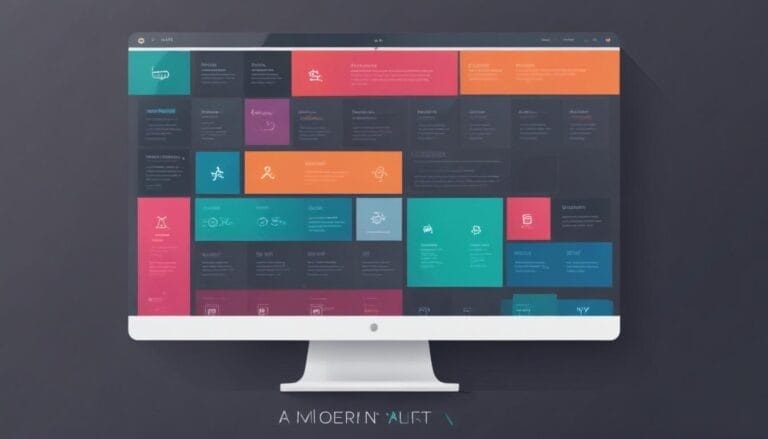Design inspiration can come from anywhere: from the arrangement of petals on a flower to the fortuitous way the books on your shelf have ended up. But as graphic designers, we have our go-to places we first turn to when we need a bit of creative inspiration. And often, the best sources of inspiration are the plethora of great designers out there across the industry.
Just before we get started with the list, it’s worth taking a moment to clarify what we mean by ‘inspiration’. Any designer who claims they don’t use other people’s ideas is lying. We all do it and there really isn’t such thing as a truly original idea; everything is an adaption of something else we’ve seen. I truly believe that looking at others’ work is what makes you a better designer and a more productive one. There is however a large difference between taking inspiration from someone’s work and plagiarisation. If you think it’s a fine or blurry line, then the chances are you’ve strayed too close to it and you’re copying. Not cool.
1. Behance.net
Behance, owned by Adobe, is essentially an online portfolio, or in their words ‘a platform where creative professionals across industries can showcase their work’. This is one of our favourite destinations for design inspiration due to the sheer number of designers with portfolios, the quality of some of the work and the powerful search. Using my own Behance account, I can save examples of work I like into collections for use later on. For instance, I have a Brochure collection where I save every great example of a brochure design I come across. It’s then there anytime I need a bit of inspiration with a brochure layout.
2. Google images
This might seem like a simple one, but I imagine it’s sometimes overlooked as a good source of inspiration. The key to using it well is to nail the search term. A search I recently performed on Google Images was ‘folk music festival poster’, because I was designing, well, a folk music festival poster! What returns is quite beautiful – masses of nicely designed posters. Not specific enough? Okay, well then I tried ‘folk music festival poster green’ and got an entirely different set of results, now mostly with a green palette. Lovely.
3. Designspiration.net
Designspiration works in a similar way to Behance. Designers upload their work, people view and like it, add their favourites to their lists etc. One really cool feature it has is the ability to search by colour. You can select up to 5 colours to see design work that matches the palette you chose.
4. Pinterest
We had to have one of the big social networks on here, didn’t we? Pinterest, for us, is easily the best for creating collections of artwork and designs that we like. While much of the design work from Behance has made its way onto Pinterest (via the artists or from people saving the images to their boards), the superior interface and categorisation using boards makes it simpler to use than Behance. In particular, you can see a whole range of designs on one screen which makes browsing really fast, whereas Behance requires you to click into each item to see the whole design.
The fact you can see other people’s Pinterest boards is also hugely useful, as you can let other people with good taste do a lot of the curation for you and simply follow their board. Nice.
5. Keeping samples
Not everything has to be online! We have, for years, been keeping examples of any marketing we receive which we like the look of. There’s a folder in our office called ‘inspiration’, stuffed with brochures, flyers, business cards and so on. We regularly dive in there and spread them all out over the floor looking for ideas. Sometimes having physical examples to peruse is that bit more satisfying too. Long live print!
6. Adobe Color
Unlike the others on this list, Adobe Color (formerly Kuler) is purely for selecting colour schemes. If you need to select a colour scheme though, it’s great. There are pre-designed themes created and shared by others, or you can use their colour wheel to design your own. Some clever rules also allow you to choose one colour and complementary ones will be chosen for you.
A smashing little feature is that because it’s another Adobe site, it integrates into their design software, meaning you can share colour schemes between the site and your design tools.
—
So that’s it, our favourite six sources of design inspiration. There are some specific books we rate for inspiration too, but maybe they’re for another blog.
We’d love to know where you get your creative inspiration – be it for graphic design, decorating your home or anything else creative you do. Let us know below, or get in touch on the usual social channels.


